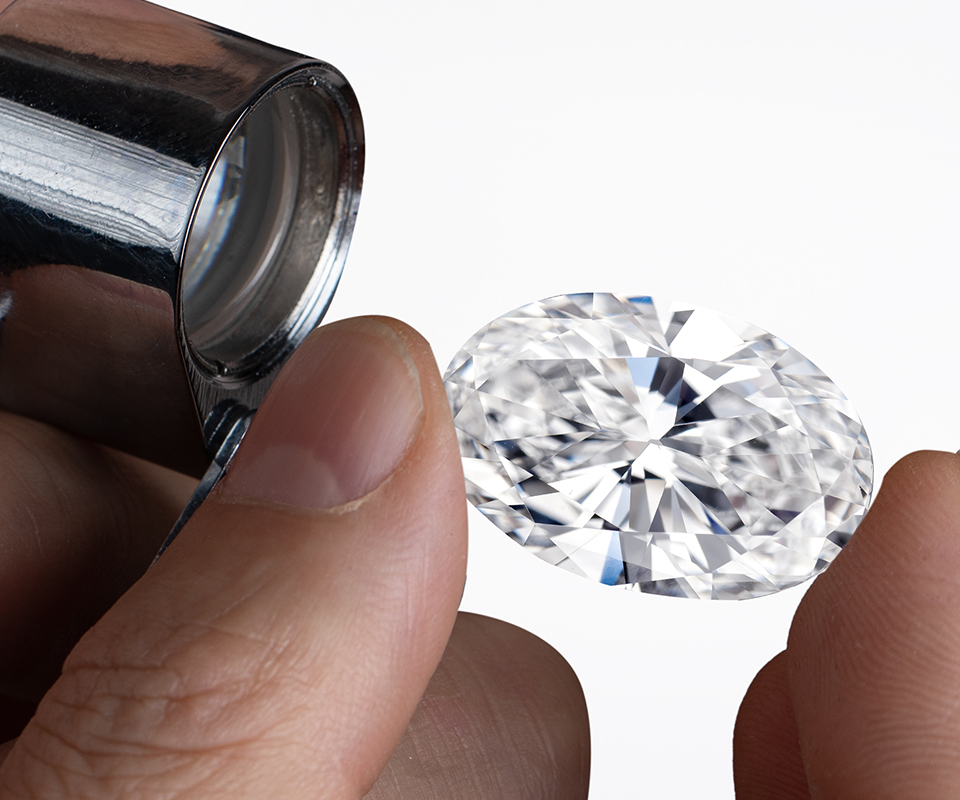The 4 C’s of Diamonds: A Comprehensive Guide
When it comes to buying or evaluating a diamond, understanding the “4 C’s” is essential. These four qualities—Cut, Color, Clarity, and Carat Weight—determine a diamond’s quality, appearance, and price. Each C has its unique role, and together, they form the foundation of diamond grading.
1. Cut
The cut of a diamond doesn’t refer to its shape (like round or oval) but rather to how well it has been crafted. This is the most critical factor in a diamond’s sparkle and brilliance. When a diamond is well-cut, light enters and reflects from its facets, resulting in optimal sparkle. Poorly cut diamonds can look dull, even if they have high color and clarity grades.
Grading Scale for Cut:
- Excellent: Maximum sparkle and fire.
- Very Good: Still reflects most light well.
- Good: Some light escapes; less sparkle.
- Fair/Poor: Least sparkle due to light escaping.
Pro Tip: Always prioritize cut quality for maximum brilliance, especially in round diamonds where cut plays a critical role.
2. Color
Color in diamonds refers to the presence or absence of any tint, usually yellow or brown. Diamonds are graded on a scale from D (colorless) to Z (noticeable color). Colorless diamonds are rare and more valuable, while diamonds with a noticeable tint are less expensive.
Grading Scale for Color:
- D-F: Colorless. Highest grade; extremely rare.
- G-J: Near-colorless. High-quality but more affordable.
- K-M: Noticeable tint visible to the naked eye.
- N-Z: Obvious color, generally less desirable.
Pro Tip: Near-colorless diamonds (G-J) can appear almost identical to colorless ones but are more budget-friendly, making them popular choices.
3. Clarity
Clarity measures the presence of inclusions (internal flaws) and blemishes (external flaws) within the diamond. Diamonds naturally form under intense pressure, so it’s normal for them to have some imperfections. Clarity is graded based on the number, size, and visibility of these flaws, ranging from Flawless (no imperfections visible under 10x magnification) to Included (imperfections visible to the naked eye).
Grading Scale for Clarity:
- FL/IF (Flawless/Internally Flawless): No inclusions or blemishes under magnification.
- VVS1-VVS2 (Very Very Slightly Included): Tiny inclusions, difficult to see even under magnification.
- VS1-VS2 (Very Slightly Included): Minor inclusions, visible under magnification but not to the naked eye.
- SI1-SI2 (Slightly Included): Noticeable inclusions under magnification; may be visible without magnification.
- I1-I3 (Included): Obvious inclusions, visible to the naked eye; may affect durability.
Pro Tip: Clarity becomes more noticeable in larger diamonds, so a higher clarity grade may be more critical in stones over 1 carat.
4. Carat Weight
Carat weight refers to the size and weight of the diamond. One carat equals 200 milligrams and is divided into 100 points (0.50 carats, for example, is 50 points). Generally, larger diamonds are rarer and more expensive, though two diamonds of equal carat weight can differ in value due to other qualities like cut, color, and clarity.
Pro Tip: Carat weight alone doesn’t define a diamond’s appearance. A well-cut diamond with lower carat weight can look larger and more brilliant than a heavier diamond with a poor cut.
Final Considerations
When choosing a diamond, keep in mind that each of the 4 C’s affects the overall beauty and value. Cut is generally considered the most important, as it directly influences the diamond’s sparkle. Color and Clarity can be balanced according to personal preference and budget, and Carat Weight is more about size preference.
By understanding the 4 C’s, you’ll be better equipped to find a diamond that perfectly fits your style, budget, and priorities.
